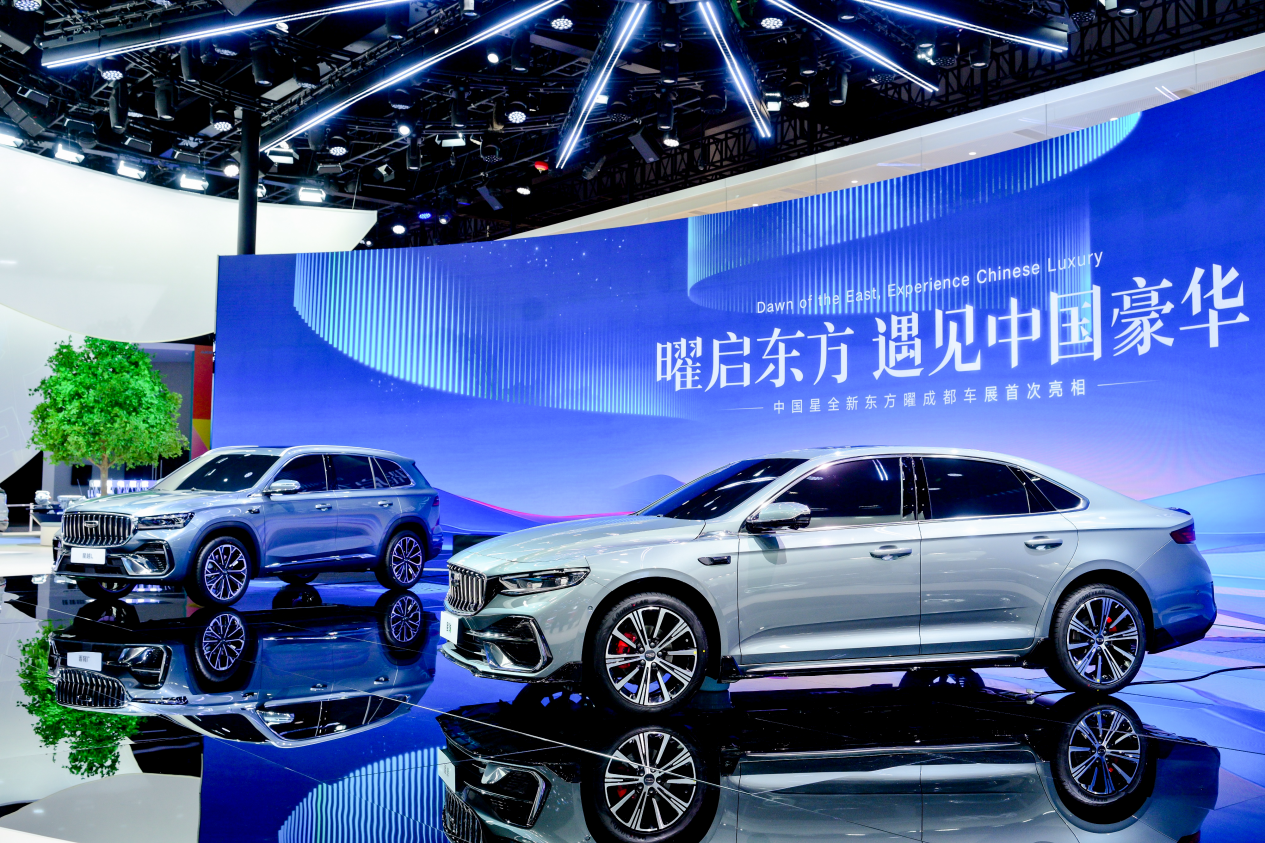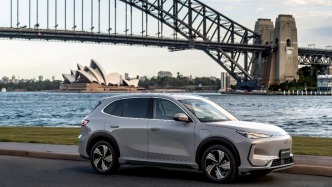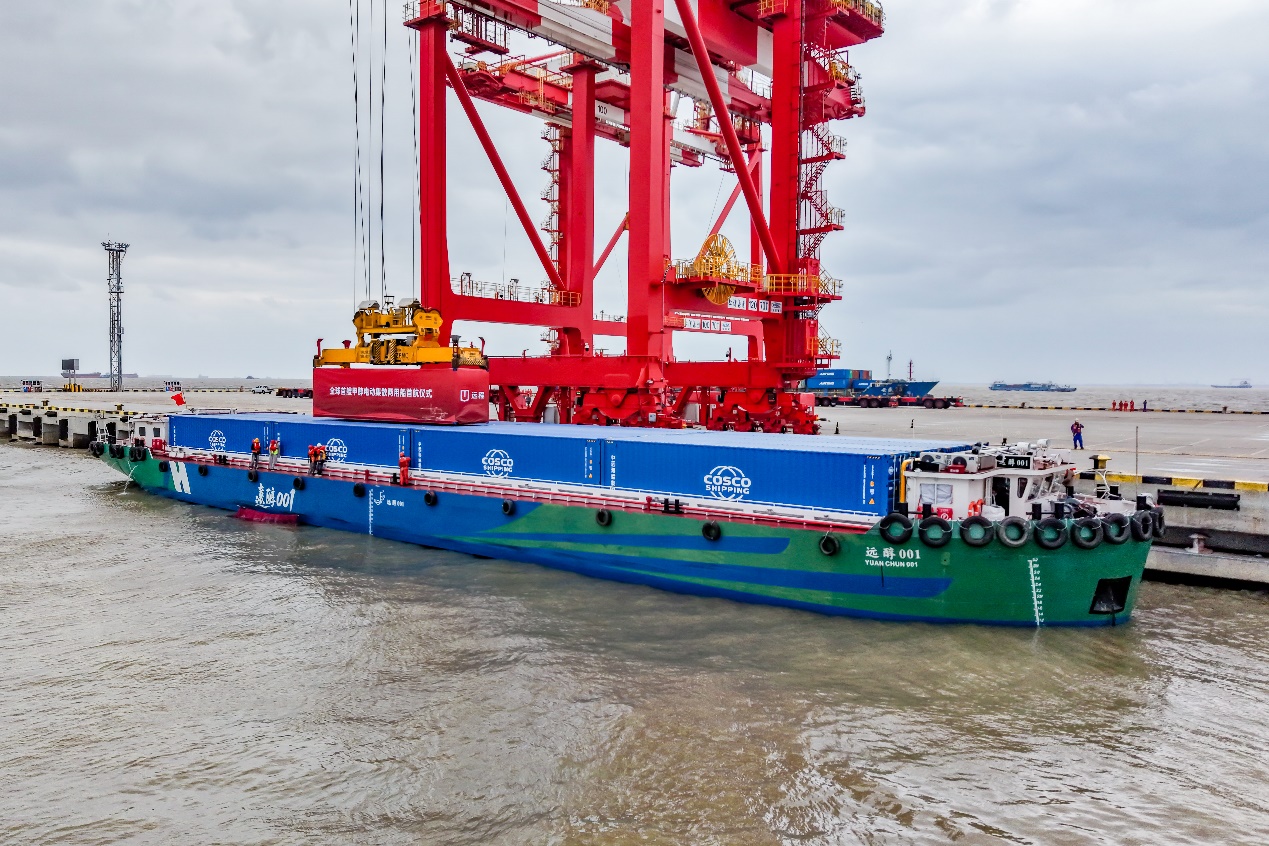
On October 20, 2025, the world's first alcohol-hydrogen electric vehicle (EV) distribution vessel, "Yuanchun 001," successfully launched its maiden voyage at the Luodong Container Terminal of Shanghai Port on the Huangpu River, marking a pivotal moment in the green transformation of global shipping. Equipped with the EV-based EV system independently developed by Geely Yuancheng New Energy Commercial Vehicles, "Yuanchun 001" marks the successful transition of liquid new energy from land transportation to water shipping.

On the same day, Shanghai International Port Group and Geely Holding Group signed a strategic cooperation agreement. The two parties will work closely together in areas such as green methanol refueling and smart port construction, and jointly build an integrated "vehicle-ship-port-energy" ecological system.
China's answer to carbon neutrality in shipping
As the global shipping industry faces intense pressure to reduce emissions, marking the tenth anniversary of the Paris Agreement. Data from the International Maritime Organization (IMO) indicates that shipping's annual carbon emissions reach 1 billion tons, accounting for 3% of global emissions. Pollutants such as sulfur oxides and nitrogen oxides produced by traditional ships burning heavy fuel oil continue to increase the environmental burden on port cities.
In April 2025, the IMO adopted a global framework for net-zero emissions in shipping, explicitly requiring ships over 5,000 tons to reduce emissions in phases, aiming for net-zero emissions by 2050. The rules, which will officially take effect in 2028, will signify a complete transition from fossil fuels to green fuels for shipping. The IMO GreenVoyage2050 program, launched at the same time, has already attracted nine countries, including India and Indonesia, to participate in emission reduction pilots, marking the beginning of a substantial transition in the green transformation of global shipping.
As the world's largest port in terms of annual container throughput, Shanghai Port's greenhouse gas emissions in the first quarter of 2025 were close to 140,000 tons, ranking first among the world's major ports.
Against this background, the state has intensively introduced policies to respond to the demand for emission reduction: In October 2025, the National Development and Reform Commission issued the "Special Investment in Energy Conservation and Carbon Reduction within the Central Budget", which included green methanol production projects in the scope of support and provided direct financial support for the upstream of the industrial chain.
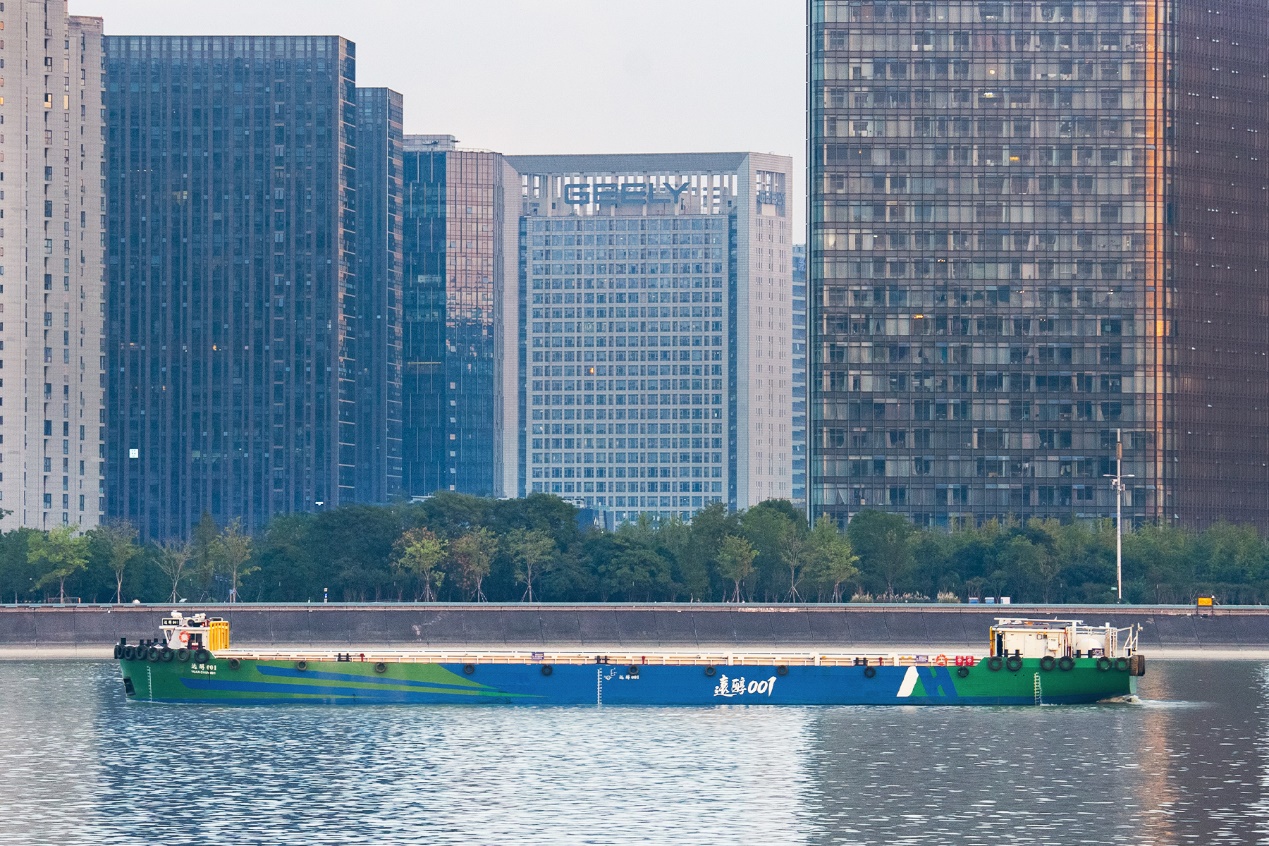
The maiden voyage of the "Yuanchun 001" is a key demonstration of policy implementation. Its methanol generator set and lithium battery pack achieve intelligent grid connection through DC bus technology, flexibly switching between four modes: hybrid, pure electric, generator set, and shore power charging, achieving zero emissions throughout its lifecycle. Compared to traditional diesel vessels, its economic efficiency is improved by over 42% and its emissions are reduced by over 98%, providing a quantifiable example of policy-guided technology application.
Technological leap of liquid new energy
Methanol, the carrier of "liquid sunshine," is reshaping the application logic of shipping energy. The rise of this technological path is inseparable from the continuous cultivation of the policy system. As early as 2012, the Ministry of Industry and Information Technology led the launch of a methanol vehicle pilot program to verify its commercial feasibility. In 2019, eight ministries and commissions jointly issued the "Guiding Opinions on the Implementation of Methanol Vehicle Applications in Selected Regions" to promote the large-scale application of M100 methanol vehicles. In 2024, green methanol was officially included in the "Guiding Catalogue for Industrial Restructuring Adjustment," and its application in marine propulsion was explicitly listed as an area of encouragement. By 2025, national ministries and commissions and local governments had issued over 60 supporting policies, forming a comprehensive supply chain from technology research and development to end-use applications.
With policy support, Geely Holding has been deeply engaged in the methanol industry for over 20 years, establishing a three-in-one ecosystem encompassing methanol production, methanol refueling, and methanol-hydrogen power. Its independently developed 13L methanol engine has received type approval and emission approval from the China Classification Society (CCS), covering power requirements for vessels ranging from 300 to 10,000 tons. The DC networking technology employed by the "Yuanchun 001" not only increases battery life by 50% and achieves 96% charging efficiency, but also enables dynamic power allocation through an energy management system, providing core support for the implementation of smart ship technologies.
This technological breakthrough perfectly aligns with China's energy endowment and policy orientations. my country's energy structure, characterized by abundant coal, insufficient oil, and limited natural gas, makes coal-based methanol coupled with wind and solar hydrogen production and carbon capture the optimal solution, and policies provide the necessary support for the implementation of this approach.
The 100,000-ton green methanol plant in Anyang, Henan, synthesizes methanol from hydrogen produced as a byproduct of coke oven gas and carbon dioxide captured from industrial exhaust. This not only addresses the intermittent nature of renewable energy, but also allows for low-cost storage and transportation using existing oil and gas pipelines. The cost of converting each of the 120,000 gas stations nationwide into methanol filling stations is only 50,000 to 100,000 yuan, significantly lowering the barrier to infrastructure upgrades.
Shanghai builds global green shipping center
Shanghai is seizing a competitive advantage in global green shipping by developing a comprehensive industrial chain encompassing production, storage, transportation, and supply. This progress is underpinned by systematic policy development. The "Shanghai Action Plan for Promoting the Green Transformation of International Shipping Fuels," released in October 2024, specifies the establishment of a green fuel bunkering service center by 2030, creating a coordinated internal and external supply system. The "Shanghai Marine Industry Development Plan," released in June 2025, further details this, designating methanol as a primary fuel for inland waterway shipping and proposing a one-stop bunkering service system, with Shanghai International Port Group leading the integration of fuel procurement and bunkering.
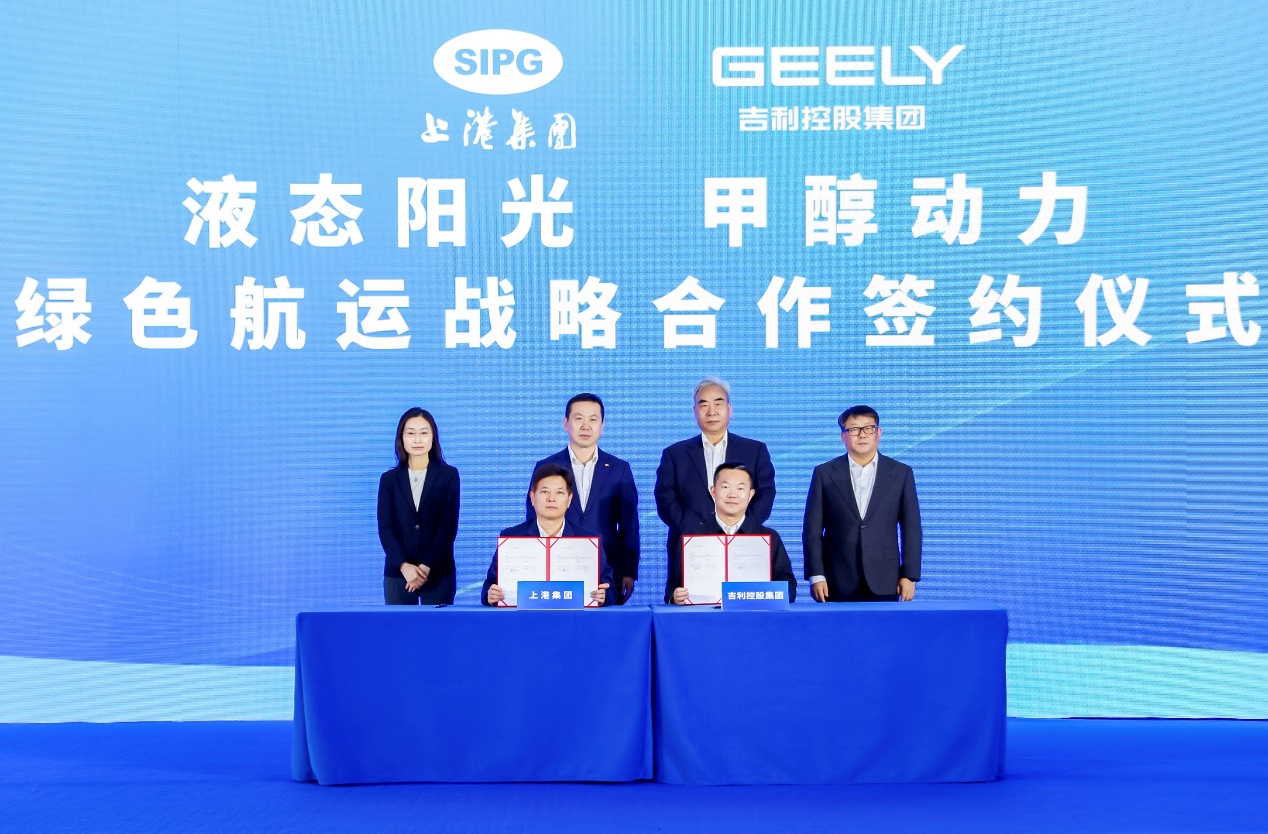
Infrastructure construction driven by policies has begun to show results: Shanghai Port has the dual-fuel refueling capacity of LNG and green methanol, and completed the first ship-to-ship methanol refueling operation in China in 2024. It is planned to achieve green methanol and green ammonia refueling capacity of one million tons by 2030.
Innovative local policies have made Shanghai a testing ground for methanol applications. In September 2024, Jiading District issued the "Implementation Plan for Safety Licensing and Routine Supervision of Vehicle Methanol Fueling Stations," addressing the challenges of facility approval. Twelve gas stations have already completed methanol refueling conversions.
Shanghai's practice is not an isolated case. As the nation's economic center, it is not only a leader in green development but also a model for innovative applications. There is reason to believe that the widespread use of methanol energy in Shanghai will foster policy coordination for product promotion, laying the foundation for the widespread adoption of methanol-powered ships across the region.
Fighting for the right to speak on international rules
The maiden voyage of the Yuanchun 001 marks China's transformation from a "follower" to a "leader" in international shipping regulations, a shift underpinned by the forward-looking nature of its policy system. As early as 2021, the Ministry of Transport explicitly stated in its "14th Five-Year Plan for Green Transport Development" that it would "actively participate in negotiations on greenhouse gas emissions reductions from shipping."
This logic is already bearing fruit in IMO rulemaking. In the net-zero emissions framework that the IMO is about to formally adopt, green methanol is listed as a priority fuel option, and China's practical data is becoming a key reference. For example, the Shanghai-Los Angeles Green Shipping Corridor project aims to achieve full lifecycle zero-carbon containership operations by 2030. The methanol fuel standards and carbon footprint accounting methods used are currently being discussed by the IMO as part of its green fuel certification system.
In contrast, although Europe and the United States started to develop hydrogen energy earlier, the construction of methanol refueling infrastructure has lagged behind, and there is a lack of a "policy-industry-application" coordination system similar to China. China's voice in rule-making continues to increase.
at last
With the maiden voyage of the "Yuanchun 001," methanol-hydrogen electric vehicle technology is moving from demonstration applications to large-scale deployment. Continued policy support will accelerate this process. At the national level, the Ministry of Transport and six other ministries and commissions clearly stated in the "Opinions on Promoting the High-Quality Development of Inland Waterway Shipping" that methanol-powered vehicles should be used in medium- and large-sized vessels and for medium- and long-distance transport.
Improving the infrastructure network is key to implementing this policy. Over 900 methanol refueling stations have been built nationwide, and this number is expected to reach 4,000 by the end of 2027, making refueling methanol as convenient as refueling gasoline. The "Yuanchun 001" uses a "truck-skid-ship" refueling model, enabling flexible refueling via mobile skid-mounted equipment. This innovative pilot program, encouraged by the policy, effectively addresses the shortage of fixed refueling facilities at inland ports.
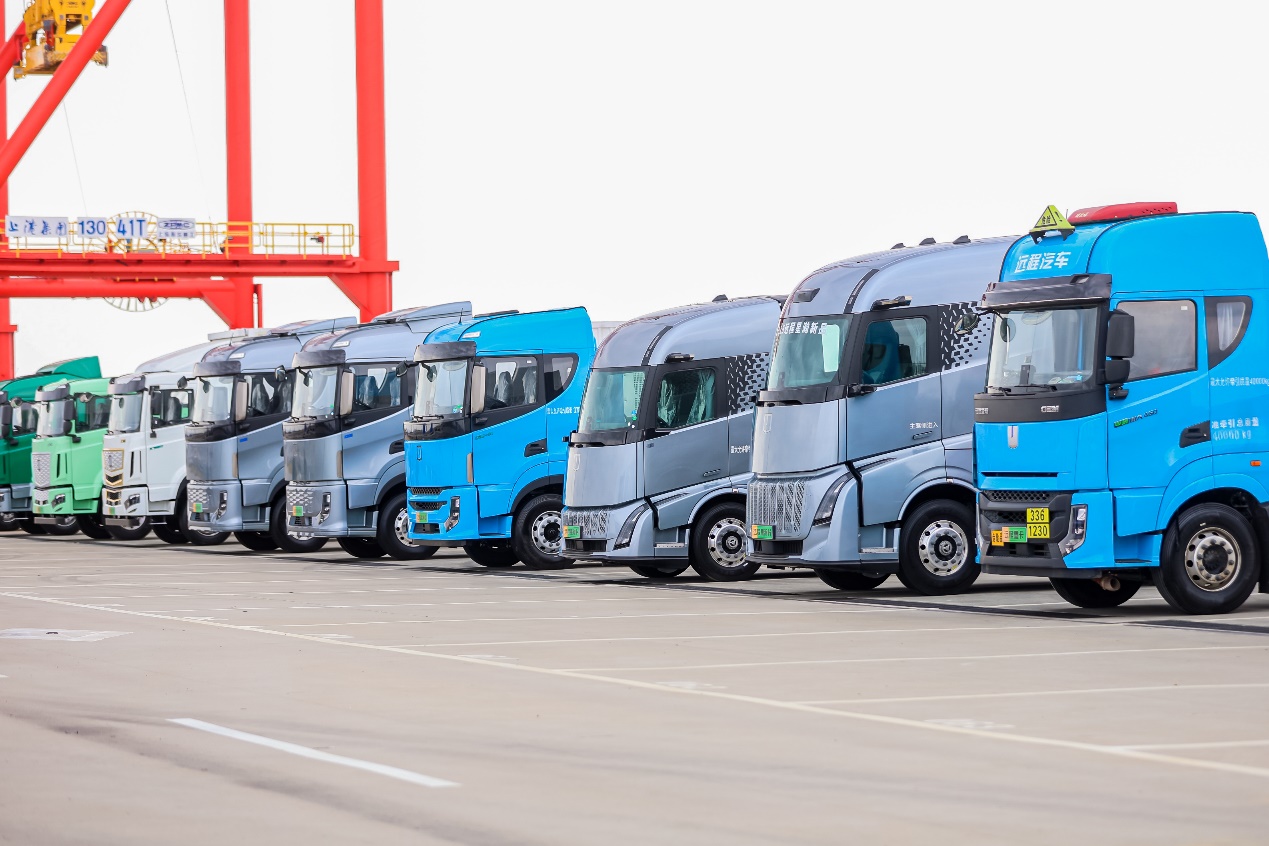
From the green methanol plant in Anyang to the smart terminal at Shanghai Port, from the long-distance alcohol-hydrogen engine to the smart dispatching system at Shanghai Port, the synergistic effect of "vehicle-ship-port-energy" is gradually emerging.
As the track of "Yuanchun 001" crossed the Huangpu River, it not only carried the green transformation demands of China's shipping industry, but also provided the world with a set of replicable solutions that integrated policy guidance, technological innovation and industrial collaboration.
